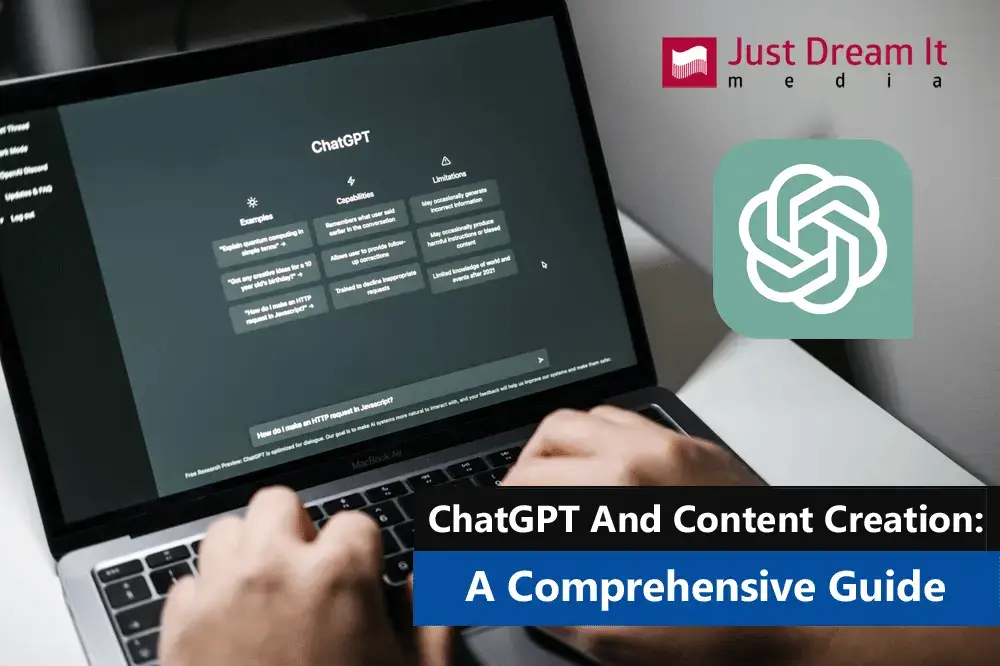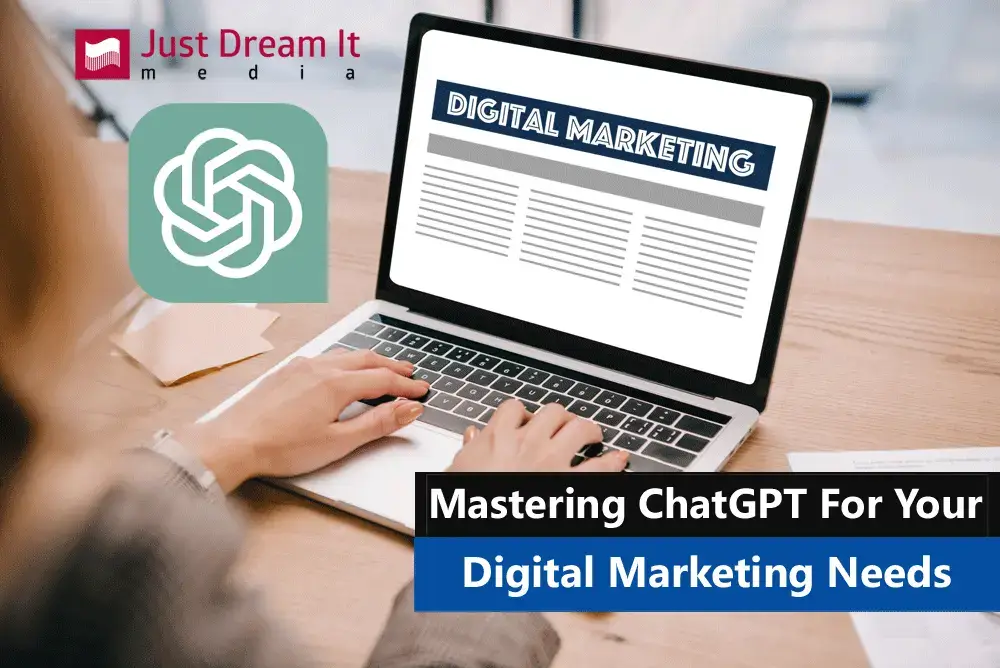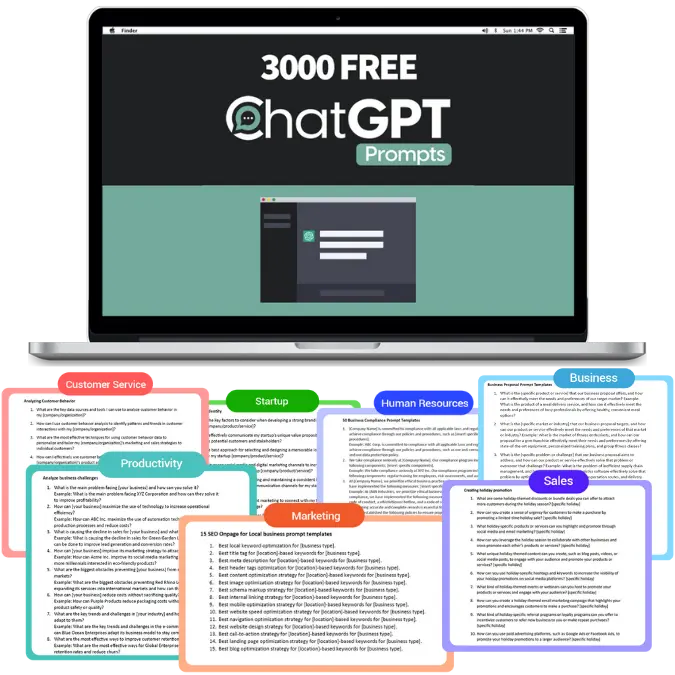Unleashing the Power of ChatGPT: A Complete Guide to Content Creation Mastery
Introduction: The Rise of AI in Content Creation and ChatGPT as a Game-Changer for Writers
The landscape of content creation has evolved significantly with the advent of artificial intelligence (AI). AI-powered tools are becoming increasingly popular among writers and marketers, streamlining the content creation process and enhancing productivity. One such powerful tool is ChatGPT, based on the GPT-4 architecture, which has revolutionized the way writers approach content generation. In this comprehensive guide, we will explore the world of ChatGPT and how it can be utilized effectively to create high-quality content.
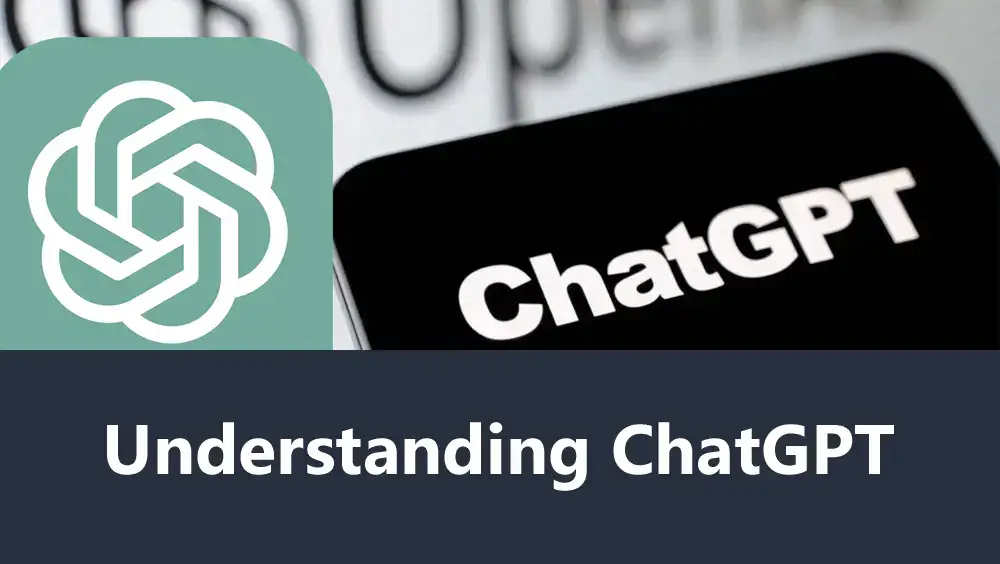
Understanding ChatGPT: The GPT-4 Architecture Explained and How ChatGPT Understands and Generates Language
ChatGPT, an AI model based on the GPT-4 architecture, is a language model that understands and generates human-like text. It leverages deep learning and natural language processing techniques to predict and generate contextually relevant sentences based on a given input or prompt. As a result, it can create content that feels coherent and engaging, making it a valuable tool for writers and marketers.
The GPT-4 architecture uses a vast amount of data from the internet to train the model, allowing it to generate text that resembles human writing. This level of understanding enables ChatGPT to provide AI-powered writing assistance, transforming the content creation process for writers across various industries.
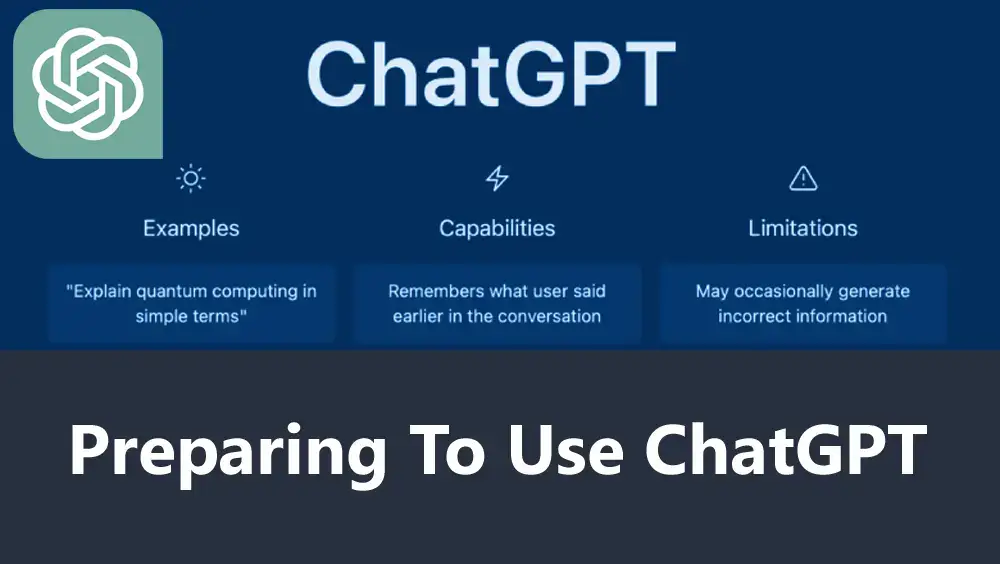
Preparing to Use ChatGPT: System Requirements, Setup, and Essential Resources and Tools
To begin using ChatGPT for content creation, it’s essential to ensure that you have the appropriate system requirements and access to necessary resources. First, you will need a stable internet connection, as ChatGPT relies on cloud-based computing to generate content. Next, a modern web browser, such as Google Chrome, Mozilla Firefox, or Microsoft Edge, is recommended for the best experience.
Once you have the right setup, explore various tools and resources that integrate with ChatGPT, such as chatbot platforms, content management systems, or text editors designed specifically for AI-assisted writing. Familiarize yourself with the user interfaces and functions of these tools to maximize the benefits of using ChatGPT in your content creation process.
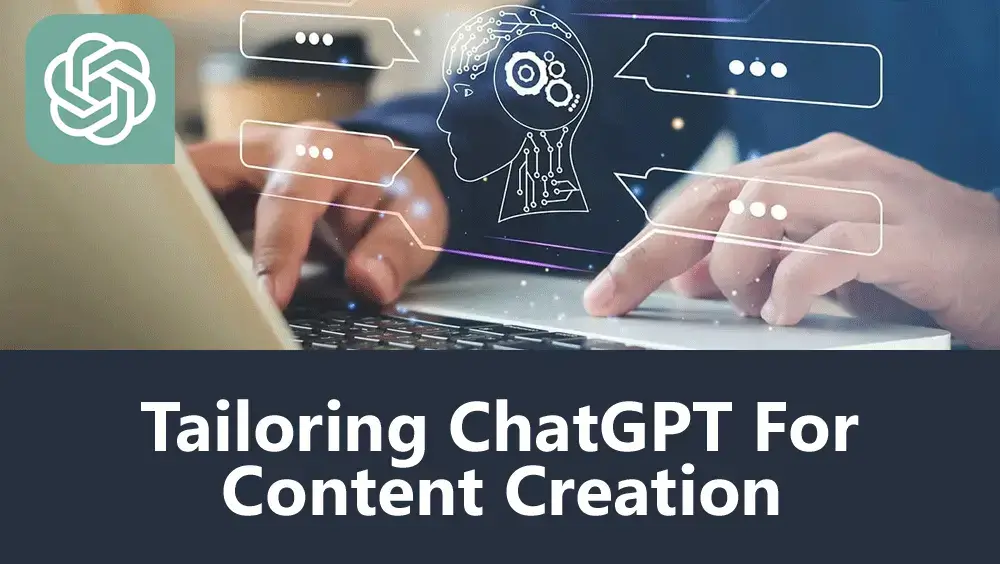
Tailoring ChatGPT for Content Creation: Adjusting Parameters for Optimal Output and Using Prompts Effectively
When working with ChatGPT, adjusting parameters and using prompts effectively are crucial steps to generate content that matches your requirements. Parameters such as temperature and token count control the randomness and length of the generated text, respectively. Adjusting these parameters will help you fine-tune the output to meet your specific needs.
Prompts play a vital role in guiding the AI model to create content aligned with your desired topic and style. By crafting clear, concise, and specific prompts, you can ensure that ChatGPT generates relevant and engaging content. Experiment with different prompt structures and styles to find the best approach for your content needs.
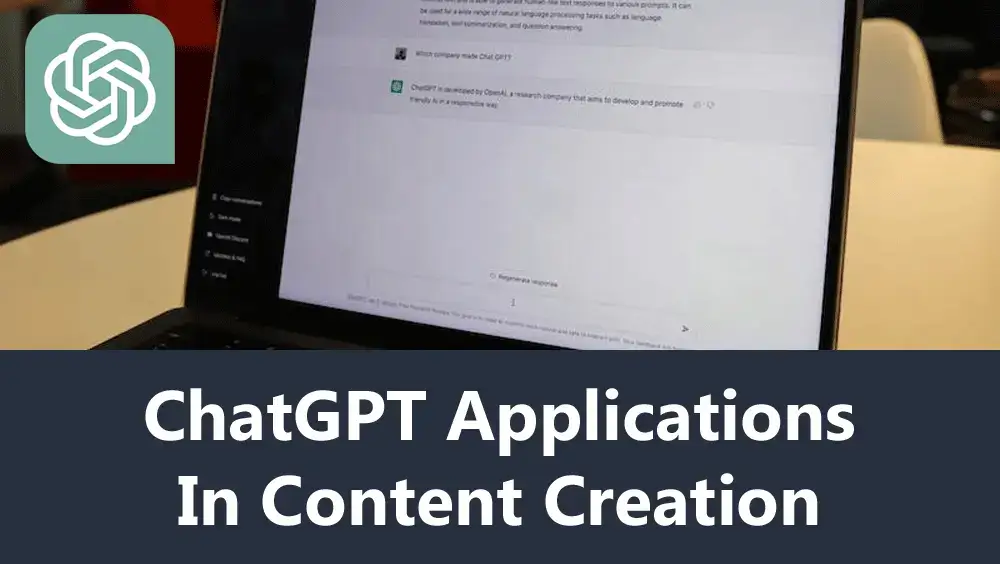
ChatGPT Applications in Content Creation: Blogging, Article Writing, Social Media Content, Email Campaigns, Newsletters, Creative Writing, and Storytelling
ChatGPT’s versatility makes it an invaluable tool for various content creation applications, including blogging and article writing. By providing AI-generated content, it can help you overcome writer’s block, streamline research, and create engaging, informative articles on a wide range of topics. In addition, ChatGPT is useful for generating social media posts, captions, and hashtags, allowing you to maintain a consistent online presence and drive engagement.
Email campaigns and newsletters also benefit from ChatGPT’s assistance, as it can help generate compelling subject lines, email body text, and calls to action that resonate with your audience. Furthermore, creative writers and storytellers can utilize ChatGPT for brainstorming ideas, developing plots, and crafting engaging dialogue for their stories. The AI-generated content can serve as a springboard for creativity, helping authors refine their ideas and bring their stories to life.
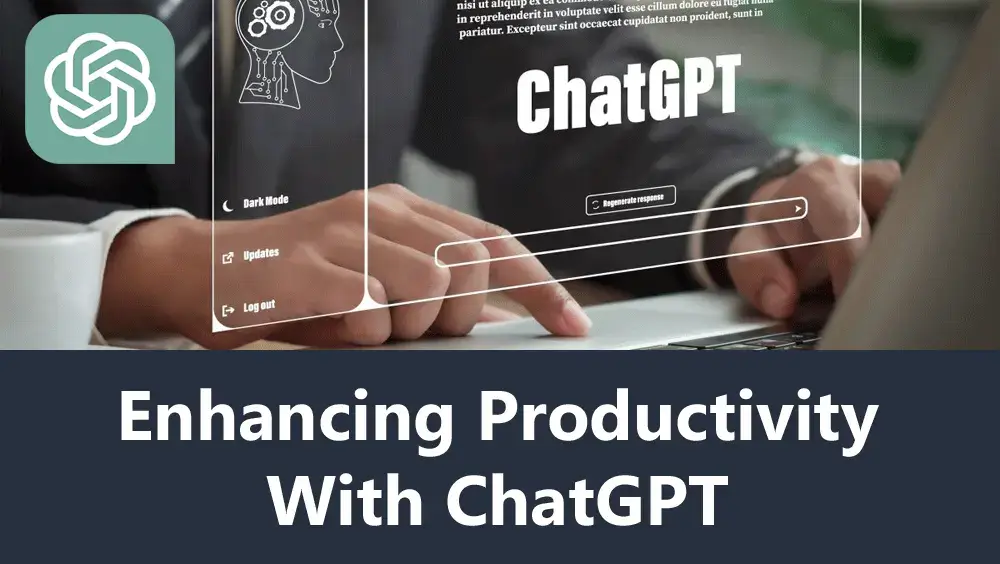
Enhancing Productivity with ChatGPT: Streamlining Research and Content Planning, Overcoming Writer’s Block, and Editing and Proofreading with AI Assistance
ChatGPT can significantly improve productivity in various stages of the content creation process. For instance, it can help streamline research and content planning by providing relevant information and topic suggestions based on your input. This AI-driven content planning allows you to focus on crafting the narrative and polishing the final output.
Overcoming writer’s block is another area where ChatGPT can be invaluable. By generating ideas or providing alternative suggestions, it can help you break through creative barriers and maintain your writing momentum. Furthermore, ChatGPT can assist with editing and proofreading tasks by suggesting sentence restructures, identifying grammatical errors, and proposing alternative phrasing for improved clarity and readability.
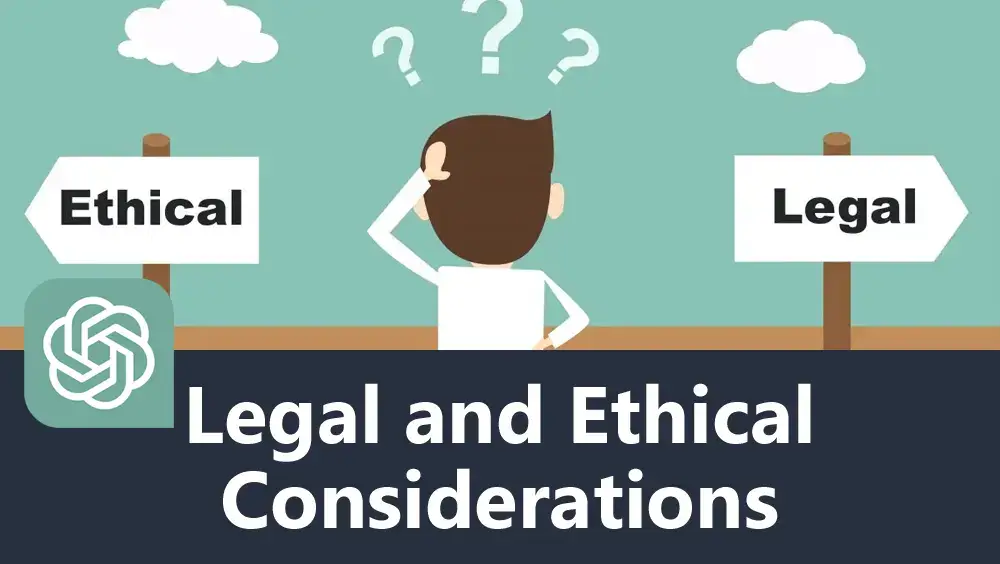
Legal and Ethical Considerations: Copyright, Plagiarism Concerns, and Responsible AI Usage
When using ChatGPT for content creation, it’s essential to be mindful of legal and ethical considerations. Copyright and plagiarism concerns may arise, as the AI model uses data from various sources to generate content. To ensure that you are creating unique and original content, always review and edit the AI-generated output, integrating your own insights and voice.
Responsible AI usage is another crucial aspect to consider. Ensure that you are using ChatGPT to create content that aligns with your brand values, ethical standards, and avoids misinformation or manipulation. The key is to strike a balance between AI assistance and human input, maintaining the integrity and authenticity of your content.
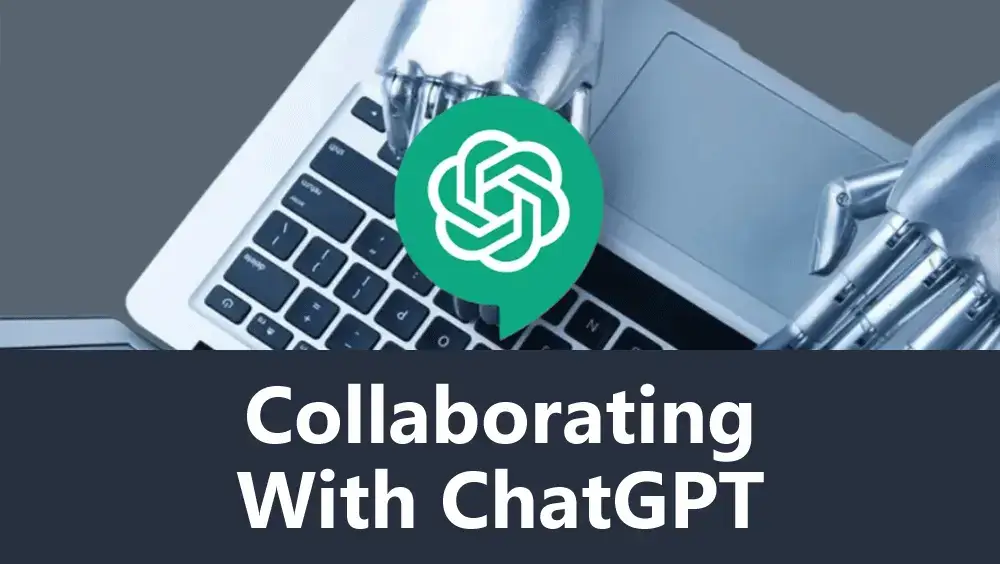
Collaborating with ChatGPT: Balancing Human and AI Input and Techniques for Refining Generated Content
To achieve the best results with ChatGPT, it’s essential to view it as a collaborative tool rather than a replacement for human creativity. By striking a balance between AI-generated content and your own insights, you can create high-quality, engaging content that appeals to your target audience.
Refining AI-generated content involves reviewing the output for accuracy, relevance, and coherence, then editing or rewriting sections as needed to ensure that it aligns with your desired tone, style, and message. By treating ChatGPT as a writing partner, you can harness the power of AI while preserving the human touch that makes your content unique and valuable.
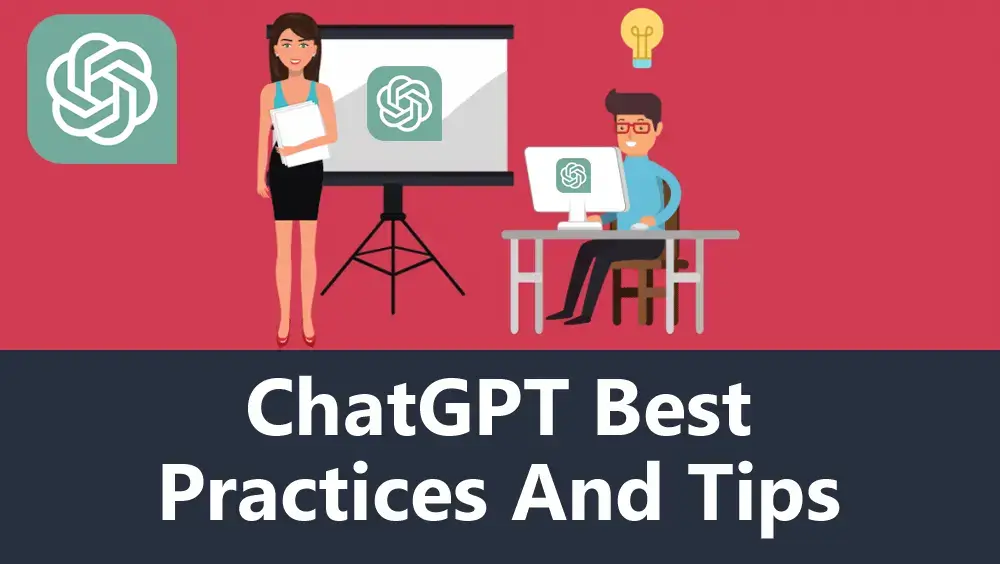
Best Practices and Tips: Ensuring Content Quality and Relevance and Staying Up-to-Date with ChatGPT Developments
To ensure that your content is of the highest quality and relevance, follow these best practices when using ChatGPT:
1. Craft clear, concise, and specific prompts to guide the AI model.
2. Experiment with different parameters to fine-tune the output.
3. Review and edit AI-generated content for accuracy, originality, and consistency.
4. Balance AI assistance with your own insights and expertise.
5. Use ChatGPT ethically and responsibly.
As AI technology continues to evolve, staying up-to-date with ChatGPT developments is crucial to maintain a competitive edge in content creation. Subscribe to newsletters, follow industry experts, and participate in online communities to stay informed about new features, updates, and best practices for using ChatGPT effectively.

Future Prospects and Advancements: The Evolving Role of AI in Content Creation and Anticipating the Next Generation of AI Writing Tools
The role of AI in content creation is continuously evolving, and advancements in technology are likely to lead to even more sophisticated AI writing tools in the future. As AI models improve in understanding context, generating more coherent and nuanced content, they will become even more valuable for writers and marketers alike. In addition, we can anticipate enhancements in the integration of AI tools with existing content management systems, making it easier for users to leverage AI-generated content seamlessly.
Moreover, as AI continues to develop, we can expect a greater emphasis on ethical and responsible AI usage. This includes the development of guidelines, industry standards, and best practices to ensure that AI-generated content aligns with ethical principles and maintains the authenticity and integrity of human-created content.
The future of AI in content creation promises exciting possibilities and new opportunities for writers and marketers to create engaging, high-quality content with increased efficiency and reduced effort.

Key Takeaways and Embracing ChatGPT in the Content Creation Landscape
In this comprehensive guide, we have explored the many facets of ChatGPT and its applications in content creation. By understanding its capabilities, tailoring it to your needs, and collaborating effectively, you can harness the power of ChatGPT to create high-quality, engaging content that resonates with your target audience.
The key takeaways from this guide include understanding the GPT-4 architecture, utilizing effective prompts and parameter adjustments, and exploring various applications of ChatGPT in content creation. Moreover, we’ve discussed the importance of balancing human and AI input, adhering to legal and ethical considerations, and staying up-to-date with the latest advancements in AI-powered content generation.
As a content creator, embracing ChatGPT and its potential can help you stay ahead in an ever-evolving digital landscape, allowing you to produce high-quality content efficiently and effectively.
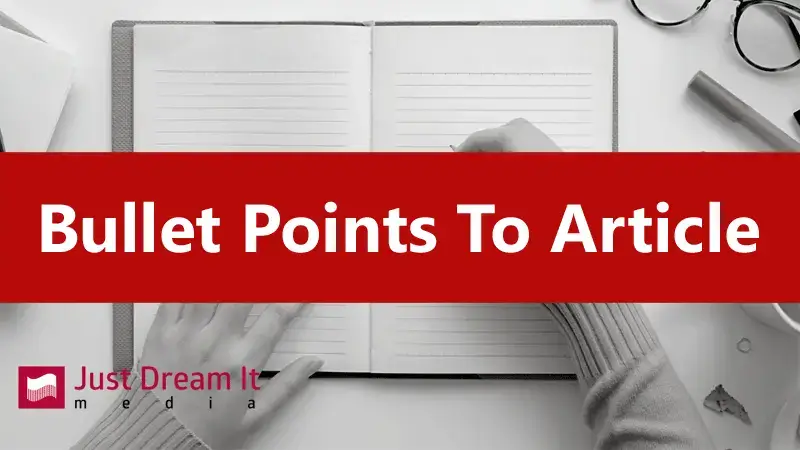
If you’re new to the world of AI-powered content creation, this comprehensive guide on ChatGPT will help you unlock its potential for your writing projects.
Here are the main points and descriptions covered in the article:
1. Introduction to ChatGPT: The article starts with an overview of the rise of AI in content creation and how ChatGPT has emerged as a game-changer for writers.
2. Understanding ChatGPT: Learn about the GPT-4 architecture and how ChatGPT understands and generates language, enabling it to provide AI-powered writing assistance.
3. Preparing to use ChatGPT: Discover the system requirements, setup, and essential resources and tools needed to integrate ChatGPT into your content creation workflow.
4. Tailoring ChatGPT for content creation: Understand how to adjust parameters for optimal output and use prompts effectively to guide the AI model in generating the desired content.

5. ChatGPT applications in content creation: Explore various applications of ChatGPT, such as blogging, article writing, social media content, email campaigns, newsletters, creative writing, and storytelling.
6. Enhancing productivity with ChatGPT: Learn how ChatGPT can streamline research and content planning, overcome writer’s block, and assist with editing and proofreading tasks.
7. Legal and ethical considerations: Understand the importance of addressing copyright, plagiarism concerns, and responsible AI usage when using ChatGPT for content creation.
8. Collaborating with ChatGPT: Discover how to balance human and AI input and refine generated content to create high-quality, engaging content that appeals to your target audience.
9. Best practices and tips: Learn how to ensure content quality and relevance, and stay up-to-date with ChatGPT developments to maintain a competitive edge in content creation.
10. Future prospects and advancements: Delve into the evolving role of AI in content creation and anticipate the next generation of AI writing tools.

To implement the insights gained from the article on ChatGPT for content creation, follow this action plan:
1. Familiarize yourself with ChatGPT and GPT-4 architecture: Start by learning about the GPT-4 architecture and how ChatGPT understands and generates human-like text, enabling AI-powered writing assistance.
2. Set up your system and tools: Ensure you have a stable internet connection and a modern web browser. Explore and integrate ChatGPT-compatible tools, such as chatbot platforms, content management systems, or AI-assisted text editors, into your workflow.
3. Learn to use prompts effectively: Craft clear, concise, and specific prompts to guide ChatGPT in generating content that aligns with your desired topic and style. Experiment with different prompt structures and styles to optimize results.
4. Adjust parameters for optimal output: Understand how to tweak parameters like temperature and token count to control the randomness and length of the generated text, respectively, and fine-tune the output to meet your specific needs.
5. Identify applications for ChatGPT in your content creation process: Determine how you can leverage ChatGPT for various content creation tasks, such as blogging, social media posts, email campaigns, newsletters, and creative writing.
6. Develop a content creation workflow with ChatGPT: Integrate ChatGPT into your content creation process, utilizing its capabilities to streamline research, brainstorm ideas, draft content, and overcome writer’s block.
7. Refine AI-generated content: Review and edit the AI-generated output to ensure its accuracy, relevance, coherence, and originality. Balance AI assistance with your own insights and expertise to create unique, high-quality content.
8. Stay informed about legal and ethical considerations: Be mindful of copyright, plagiarism, and responsible AI usage when using ChatGPT. Ensure that your content aligns with your brand values, ethical standards, and avoids misinformation or manipulation.
9. Keep up-to-date with ChatGPT developments: Subscribe to newsletters, follow industry experts, and participate in online communities to stay informed about new features, updates, and best practices for using ChatGPT effectively.
10. Monitor and evaluate your progress: Assess the effectiveness of using ChatGPT in your content creation process regularly. Gather feedback from your audience, track engagement metrics, and identify areas for improvement.
By following this action plan, you will be well on your way to harnessing the power of ChatGPT and enhancing your content creation capabilities.

If you’re just starting to explore the world of ChatGPT for content creation, you may have some questions about its capabilities and usage.
Here are 10 great frequently asked questions with answers to help you get started:
1. What is ChatGPT?
Answer: ChatGPT is an AI-powered language model based on the GPT-4 architecture, designed to understand and generate human-like text. It has various applications in content creation, including writing articles, blog posts, social media content, and more.
2. How can ChatGPT help me in content creation?
Answer: ChatGPT can assist you in generating ideas, drafting content, overcoming writer’s block, streamlining research, and even editing and proofreading tasks. It serves as a valuable tool for enhancing your productivity and creating high-quality content.
3. Is the content generated by ChatGPT unique?
Answer: While ChatGPT aims to produce unique content, it may occasionally generate text that resembles existing sources. It’s essential to review, edit, and refine AI-generated content to ensure its originality and alignment with your desired message.
4. Can I use ChatGPT for multilingual content creation?
Answer: Yes, ChatGPT can generate content in multiple languages, although its proficiency in languages other than English may vary. Provide prompts in your desired language and adjust parameters accordingly to create content that aligns with your target audience’s linguistic preferences.
5. Is it possible to adjust the tone and style of the generated content?
Answer: Yes, you can guide ChatGPT’s tone and style by crafting specific prompts and adjusting parameters like temperature. Experiment with different prompt structures and parameter settings to optimize the output for your desired tone and style.
6. How can I ensure the accuracy of AI-generated content?
Answer: Always review, edit, and refine AI-generated content to ensure its accuracy, relevance, and coherence. ChatGPT may occasionally generate inaccurate or irrelevant information, so it’s crucial to verify the facts and adjust the content as needed.
7. What are the ethical considerations when using ChatGPT for content creation?
Answer: Ethical considerations include adhering to copyright and plagiarism guidelines, avoiding misinformation or manipulation, and using ChatGPT responsibly to create content that aligns with your brand values and ethical standards.
8. What are the limitations of ChatGPT?
Answer: Limitations of ChatGPT include generating inaccurate or irrelevant information, difficulty understanding complex or ambiguous prompts, and the possibility of creating content that resembles existing sources. Mitigate these limitations by reviewing, editing, and refining AI-generated content.
9. How secure is my data when using ChatGPT?
Answer: Most reputable AI service providers prioritize data privacy and implement strict security measures to protect user data. However, it’s essential to review the privacy policy and data handling practices of the tools and platforms you use to ensure your data is secure.
10. What resources do I need to start using ChatGPT?
Answer: To begin using ChatGPT, you’ll need a stable internet connection and a modern web browser. You may also want to explore and integrate ChatGPT-compatible tools, such as chatbot platforms, content management systems, or AI-assisted text editors, into your workflow.
Conclusion
In conclusion, this comprehensive guide on ChatGPT and content creation has provided valuable insights into harnessing the power of AI for your writing projects. By understanding the GPT-4 architecture, tailoring parameters and prompts, and exploring various applications of ChatGPT, you can create high-quality, engaging content that resonates with your target audience.
As a content creator, it’s essential to strike the right balance between AI assistance and human expertise. By collaborating effectively with ChatGPT and refining the generated content, you can ensure its accuracy, originality, and relevance. Additionally, staying informed about legal and ethical considerations and adhering to best practices will help you navigate the challenges that AI-powered content creation may pose.
Now is the time to take action and implement the insights gained from this guide. By following the action plan and addressing the frequently asked questions, you’ll be well-equipped to integrate ChatGPT into your content creation process and reap the benefits of enhanced productivity and efficiency. Embrace the future of content creation with ChatGPT and stay ahead in the ever-evolving digital landscape.

